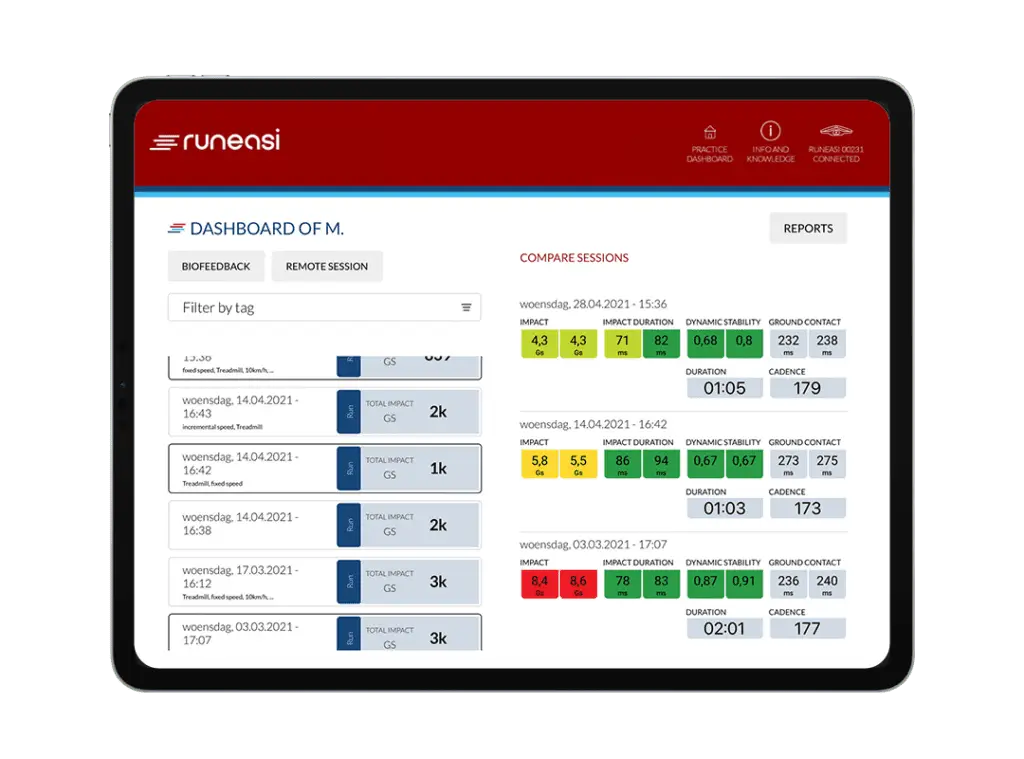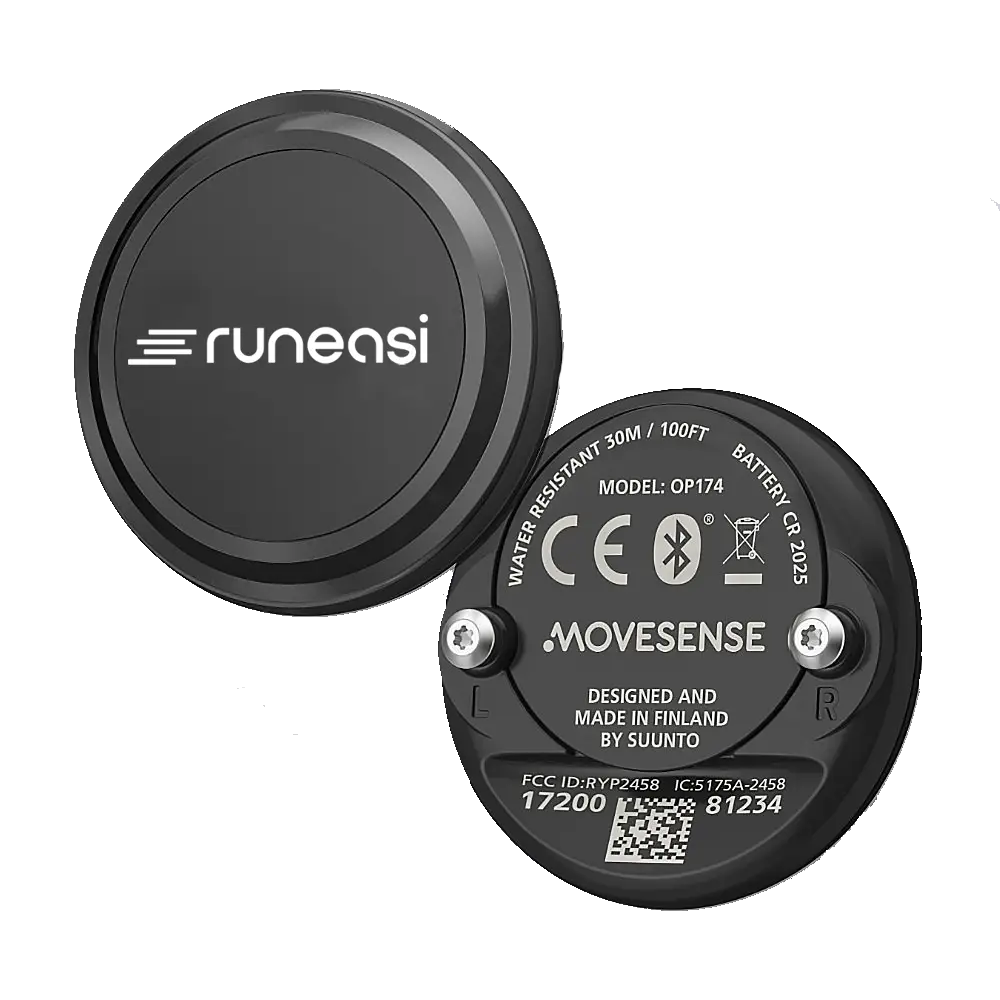Katrien runs to 10K personal Best with consistent and targeted training
Interview by Philip Cortvriendt – Runeasi expert
Katrien Raymaekers, a dedicated runner, recently set a new personal best in the 10K with 53 minutes and 14 seconds at the classic race in Tessenderlo. After overcoming a challenging year filled with overuse injuries, she is now preparing for her next big goal: the 10 miles of Antwerp next year.
Here’s her story on how she changed her training regimen.

Hi Katrien, What's your running goal at the moment?
“My goal was to complete the 10K within 1 hour, ideally under 55 minutes. Last year, I couldn’t participate in the Tessenderlo classic due to shin splints in my left leg. This made me a bit hesitant to begin with, but I believed I could achieve a sub-55-minute time! With the help and support of my husband, I knew I could get through the race. Even if I might not hit that exact time, just starting the race was an achievement.”
Can you share more about your preparation for your race?
“In April, I ran the short run at the 10 miles of Antwerp, which is a 6K race, at a pace of 5:30 per kilometer. Extending this pace to 10K wasn’t simple. I had to adjust my preparation significantly due to previous overuse injuries, including shin splints and runner’s knee. Moving from 8K to 10K in training was previously a challenge, and I hoped that small changes in my training would help me reach my goals.
Since the beginning of this year, I’ve been working with professional guidance. Runeasi played a crucial role in this process. My first analysis in January 2023 revealed that I couldn’t absorb impacts well, particularly on my problematic left side. This insight was a game-changer, showing me that I needed to focus on specific areas to prevent new injuries.

Previously, I did Pilates once a week, but I realized that I needed to strengthen my weakest link more. With Sander’s help, I focused on injury prevention, emphasizing functional training for shock absorption. This made me feel stronger during recovery and endurance runs no longer resulted in sore muscles.
Runeasi also helped me reassess the insoles I had been using for years due to past injuries. Their data showed I didn’t need to rely on my old insoles anymore. It was quite enlightening to learn that I could improve my impact absorption through active strategies rather than through passive adjustments .”

Could you give us three tips for a beginning runner?
- Seek Professional Guidance: Having a professional set up your training goals and structure your exercise program is invaluable. Sander and Runeasi helped me a lot.
- Build Consistency in Your Training: Find a balance between running and strength training. Many runners need more than just running to stay injury-free and keep improving.
- Run Slow to Go Fast: Accept that starting slowly is okay. In the age of Strava, it’s tempting to showcase your running speed, but building a solid foundation is more important.
What are your next goals?
“In October, I plan to run the 15K in Dwars door Hasselt. Next year, my goal is to complete the full 10 miles of Antwerp.✌️”

Interviewed by Philip Cortvriendt
Philip achieved a master’s degree in physiotherapy & rehabilitation sciences and has core expertise in the field of running, working with both recreational and elite runners. Philip has the unique role of educating Runeasi physiotherapists and helping them translate biomechanical insights into targeted strength and conditioning exercises- specifically on how they can improve their client care using scientifically validated biomechanical insights from our Runeasi analytics.







